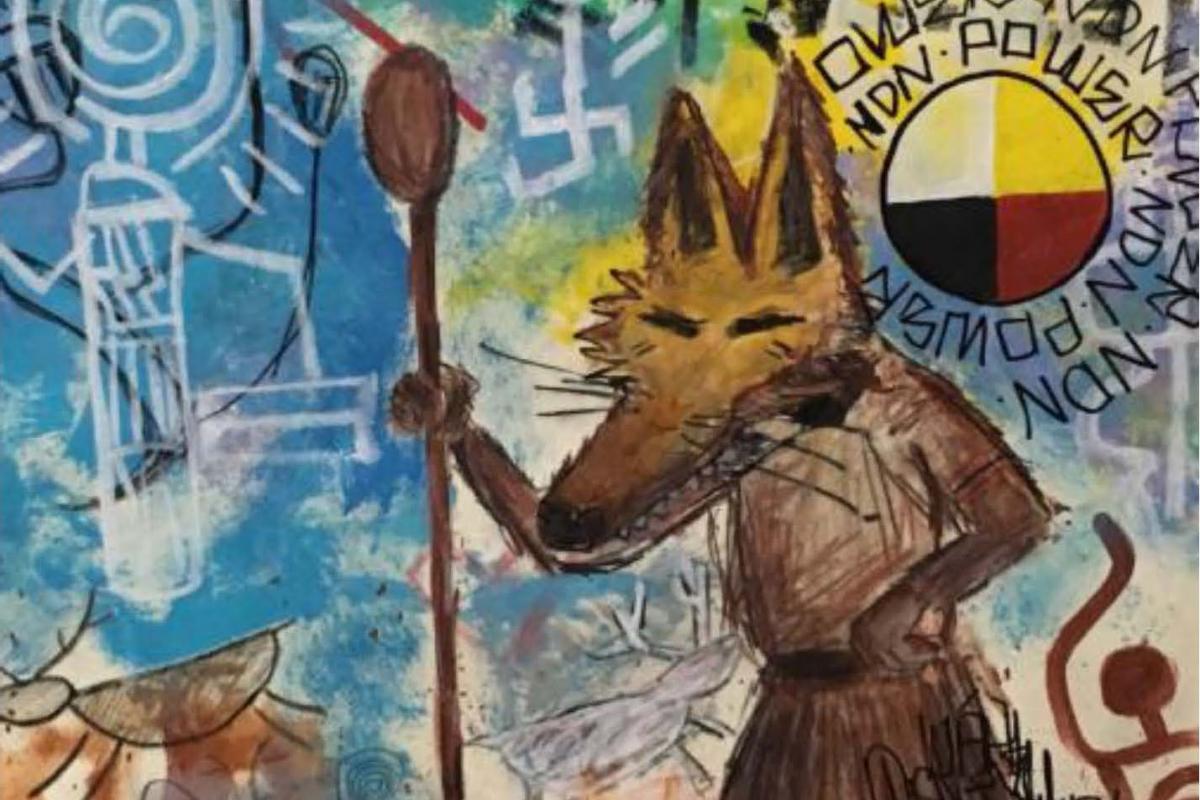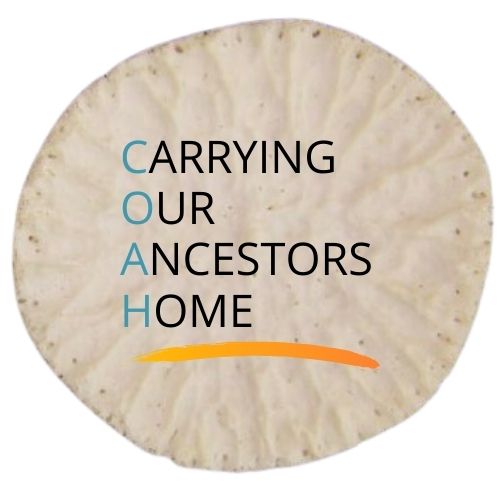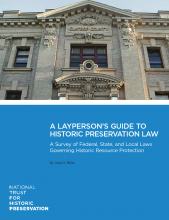Module 1.1 What is NAGPRA?

Module 1.1 What is NAGPRA?
The goal of the module: Demonstrate how repatriation and NAGPRA are human rights legislation. Emphasize the need for tribal consultation and tackling these deep and complex issues with thoughtfulness. The module can be taught over 3 weeks, 3 days, or 3 hours with an opportunity to pull portions that fit different types of courses. We find that more time for students to reflect and express themselves on the subject matter will allow for deeper consideration and questions.
Learning outcomes: Students will have a meaningful understanding of repatriation from the standpoint of the law, human rights, museums, archaeologists, and tribal perspectives.
Key Concepts: What led to the captivity of Indigenous peoples' ancestral remains as property in institutional settings?
- Archaeology was part of an intellectual movement in the 19th century to create a systemic structure of white superiority. By promoting “science” as pure and unbiased, the superiority of whites and their right to property was clenched through the law. (Ex. Redman - Bone Rooms)
- Descendent communities were excluded from research, interpretation, and consideration about themselves and their history, thus undermining their political rights. Researchers ignored oral histories and traditions that didn’t fit their agenda. This interpretation is incorrect and still causes harm. (Ex: Shoshonean wedge, Navajo and relationship to Chaco Canyon, Campbell expeditions)
- Displaying and researching human remains and removing ceremonial items was harmful to tribes.
- Native American people have limited control over their dead. This is a violation of human rights. The fight to protect ancestors is often met with opponents using an artificial age line (i.e., the stance that it is not possible to have relatives older than a few hundred years and that “Indians” are anti-science). Right of Possession is used as a means to deny repatriation. Possession versus control. Historiography of collecting.
- What is included under the regulations (HR, AFO, UFO, CP, Ceremonial)? What evidence is needed to support cultural affiliation, who needs to provide it, and who makes the final decision on what is enough evidence to support a tribe’s request for repatriation?
- Inclusion of consultation and its importance, who does consultation, in order to complete Inventories -- identification of ceremonial and cultural patrimony; Importance of context and information sharing with tribes.

